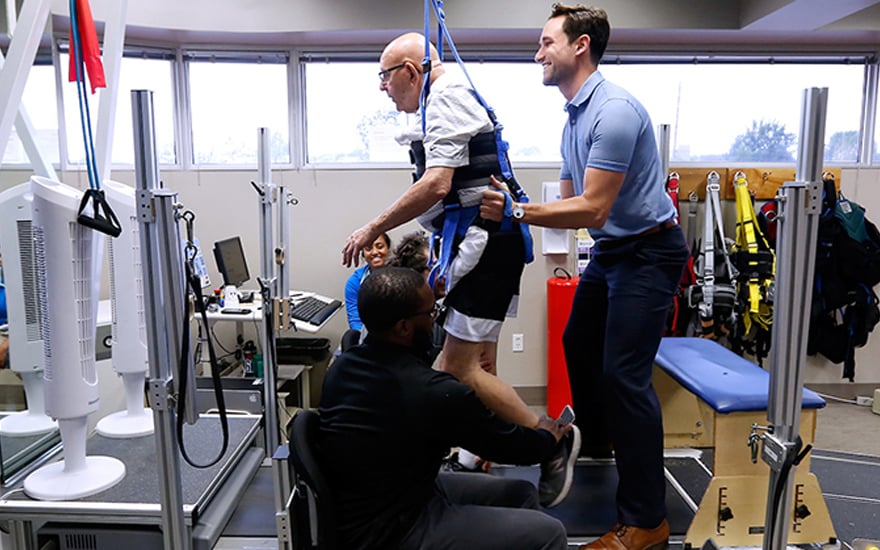Improving Your Joint Mobility Routine by incorporating Advanced Trigger Point Therapy Strategies
Foam rolling is an essential practice that can greatly improve a person's range of motion routine. It includes using a cylinder-shaped foam roller to place pressure to targeted sections of the body. This approach is known as self-massage, which works to reduce soft tissue restrictions and enhances overall flexibility. Many athletes and training individuals incorporate foam rolling into their preparation and cool-down schedules to ready their muscles for activity and aid in recovery subsequently. Knowing how to use foam rolling properly can support better performance and a lowered risk of injury.To get started, it is important to choose the suitable foam roller. Foam rollers come in different densities and lengths. A gentler foam roller is suitable for those just starting out or those with low pain tolerance, while a firmer roller can provide greater pressure for more advanced users. The length of the roller should also be taken into account; longer rollers can be advantageous for larger muscle groups, while smaller ones are better for isolating specific areas. Once the best-fit roller is chosen, individuals can begin to add foam rolling into their training plan productively.
When using a foam roller, it is crucial to focus on deliberate movements. Rolling over tight areas too rapidly can cause unease and may not provide the desired benefits. Instead, individuals over here should roll gradually over each muscle group for half a minute to two minutes. This allows the muscles to loosen and helps to break up knots and trigger points. Focused breathing while rolling can also increase relaxation and effectiveness. Targeting key areas such as the calves, quadriceps, rear thighs, and spinal muscles can lead to significant improvements in flexibility.

In addition, combining foam rolling with flexibility exercises can maximize flexibility gains. After using the mobility tool, it is helpful to perform held stretches on the same muscle groups that have been rolled out. This combination helps in promoting blood flow and increasing the range of motion in those muscles. For example, after working on the hamstrings, stretching them by reaching toward the toes can further enhance flexibility. Integrating these techniques into a routine ensures that muscles are both released from tension and lengthened.
Lastly, routine application is key when it comes to self-myofascial release and increasing flexibility. Adding foam rolling into a ongoing routine can provide sustainable benefits. It is advised to spend at least 10 minutes a few times a week targeting different muscle groups. By committing to foam rolling a regular habit, individuals will likely see enhancements in their local personal trainers available flexibility over time. This method not only primes the body for physical activity but also supports recovery and preservation of overall muscle health, making it an essential addition to any fitness regimen.